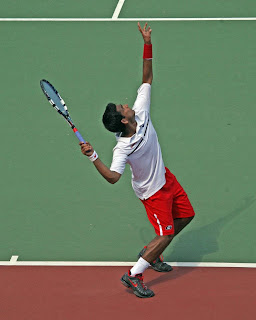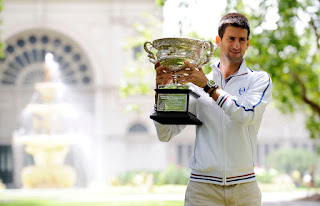VISUAL BLOCKING: CONTROLLING YOUR OPPONENTS SHOT SELECTION

Visual blocking is a technique you can use to force your opponent to hit the ball where you want them to. The benefits are obvious. If you can dictate where your opponent will hit the ball you can anticipate earlier and cover the court easier. It can also be used to expose weaknesses. Several years ago I was watching a player of mine in a match where his opponent was having trouble hitting forehands down the line. In the heat of the battle my player couldn’t see this pattern but sitting off-court in the shade I could! The opponent would return most balls crosscourt and when they did hit the ball down the line it was done very cautiously and without any confidence. Two things could develop from this knowledge that would help my player gain a big advantage in the match (1) we could anticipate that the vast majority of forehands would be returned crosscourt and be under no real pressure because we are essentially only guarding the crosscourt side of the court (2) we





